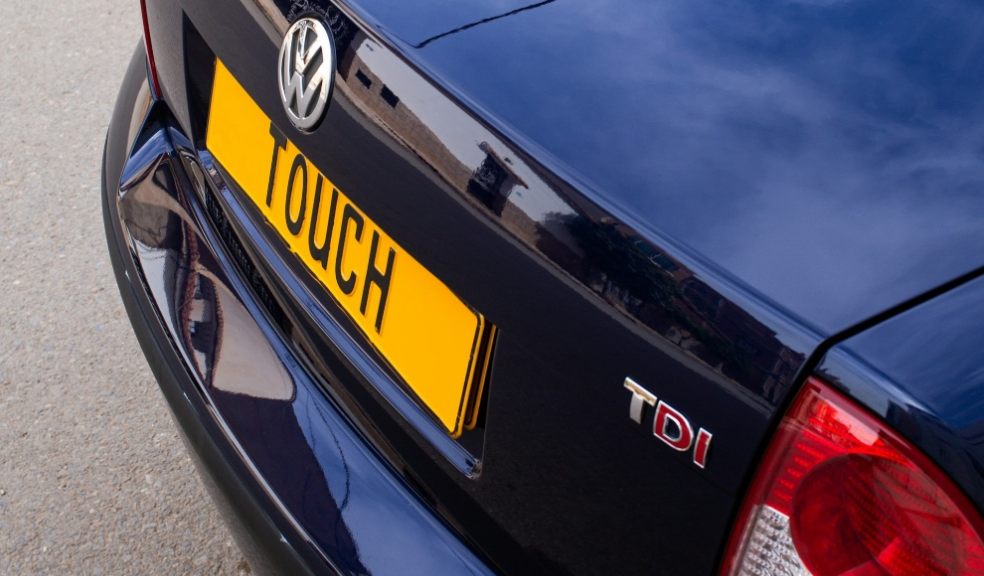
Status on Wheels: How Personalized Plates Reflect Social Identity
For many drivers, a car is far more than a mode of transportation — it’s a rolling reflection of who they are. From the sleekness of its design to the colour of the paint, every detail communicates something about its owner’s tastes, priorities, and personality. Yet among all the possible forms of automotive self-expression, few are as overtly personal as the custom license plate. Vanity plates, or personalized registration numbers, have become a fascinating social symbol — a concise, mobile statement of identity and status.
At first glance, a vanity plate might appear trivial: a few letters and numbers that replace a randomly assigned code. But dig deeper, and the psychology becomes far more interesting. Humans are naturally drawn to self-expression; we crave ways to mark our individuality in a crowded world. Just as fashion, tattoos, or home décor reveal aspects of personality, the words or abbreviations chosen for a custom plate are often deeply personal. They can reference a nickname, a favourite hobby, a career, a loved one, or even a life philosophy condensed into seven or eight characters.
This desire for personal expression is amplified by the car’s role in society. Cars have long been associated with freedom and identity — they are one of the few possessions that physically project who we are into public space. While most personal belongings remain private, a car and its license plate are constantly on display. In that sense, a vanity plate functions like a wearable badge of personality. It’s a public performance of identity, designed to be noticed.
Sociologists often describe this as “signalling behaviour.” We signal our values, achievements, or affiliations through the things we own and display. A plate reading “LAWYER1,” for example, doesn’t just tell other drivers what someone does for a living; it signals pride in that profession. A plate that says “MUMTAXI” reveals humour and self-awareness, while “EV4LIFE” broadcasts an environmental commitment. These choices are more than vanity — they’re micro-narratives, carefully constructed to evoke recognition or admiration.
Of course, status plays an undeniable role. Exclusive or clever registration numbers can command enormous prices, particularly when they spell simple words, names, or initials. The allure of owning something unique and instantly recognizable taps into the same psychological appeal as owning designer brands or rare art pieces. It’s not merely about function; it’s about distinction. A car bearing the plate “1” or “VIP” turns heads precisely because it signals access, wealth, and individuality.
Interestingly, vanity plates also blur the line between humour and prestige. While some people use them to showcase luxury and exclusivity, others adopt a more comedic or ironic tone. Plates like “BROKEAGAIN,” “TOOSLOW,” or “NVRL8” show that not all expressions of identity revolve around superiority — sometimes they’re about relatability and self-deprecation. This diversity of meanings reflects the broad social spectrum of car culture itself: people want to be seen, but how they want to be seen varies greatly.
Companies such as Regplates, which specialize in the sale and transfer of personalized registration numbers, have capitalized on this fascination. They understand that a custom plate isn’t just a practical identifier — it’s an emotional purchase. Buyers aren’t merely paying for a combination of letters and numbers; they’re investing in a symbol that represents who they are, or who they aspire to be. The appeal lies in the mix of individuality and recognition — a way to stand out on the road while aligning with a broader culture of personalization.
The popularity of vanity plates also mirrors wider societal trends. As social media platforms encourage users to curate and broadcast their personal brands, the desire to express identity in the physical world has evolved in parallel. Just as an Instagram handle or Twitter bio can convey wit, ambition, or creativity, a personalized plate offers a real-world equivalent — a micro-brand displayed to thousands of strangers daily.
Critics sometimes dismiss vanity plates as frivolous or narcissistic, but this misses the point. They are part of a long human tradition of personalization, from monogrammed handkerchiefs to engraved jewellery. What makes license plates unique is their intersection of the personal and the public: they’re a rare medium through which private identity meets collective space. They invite curiosity, conversation, and sometimes laughter — turning everyday commutes into small moments of social interaction.
In the end, the fascination with vanity plates is not about cars at all. It’s about people — our endless quest to express who we are, to differentiate ourselves, and to connect with others through symbols and stories. Whether a plate is boastful, witty, sentimental, or mysterious, it says something meaningful about the person behind the wheel. On the open road, every car carries a story — and for some, that story is spelled out in bold letters right on the bumper.













